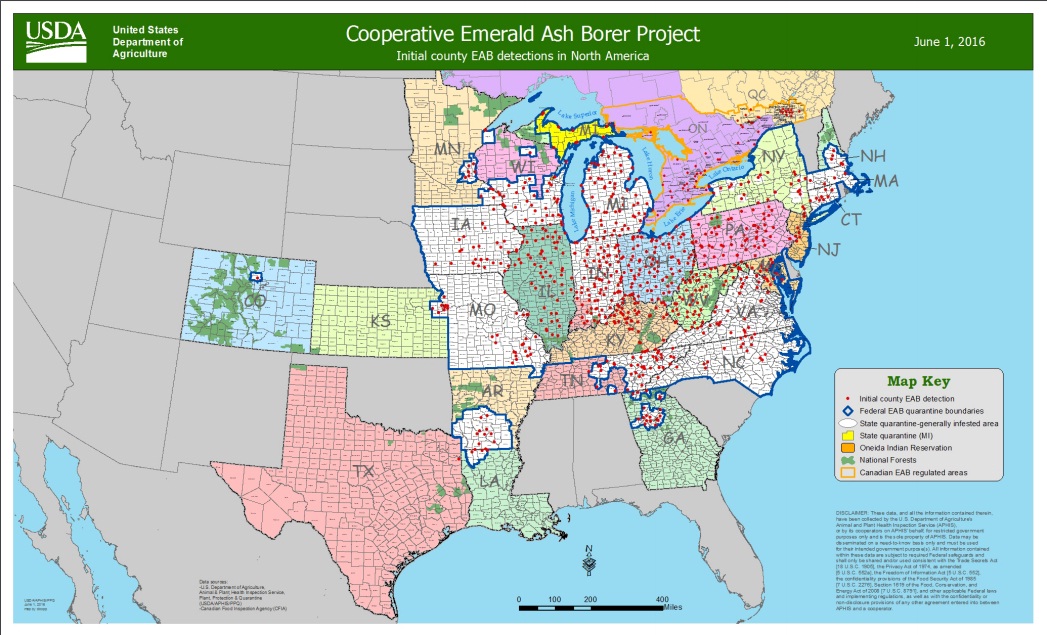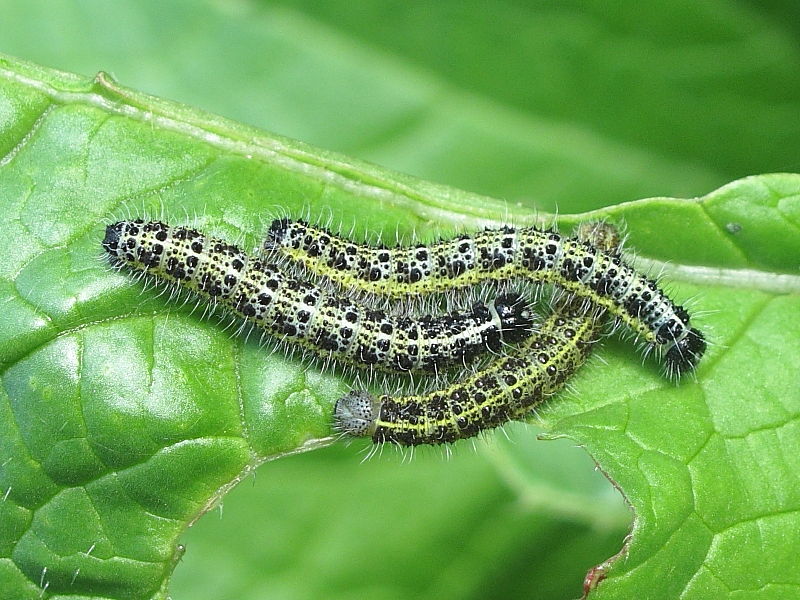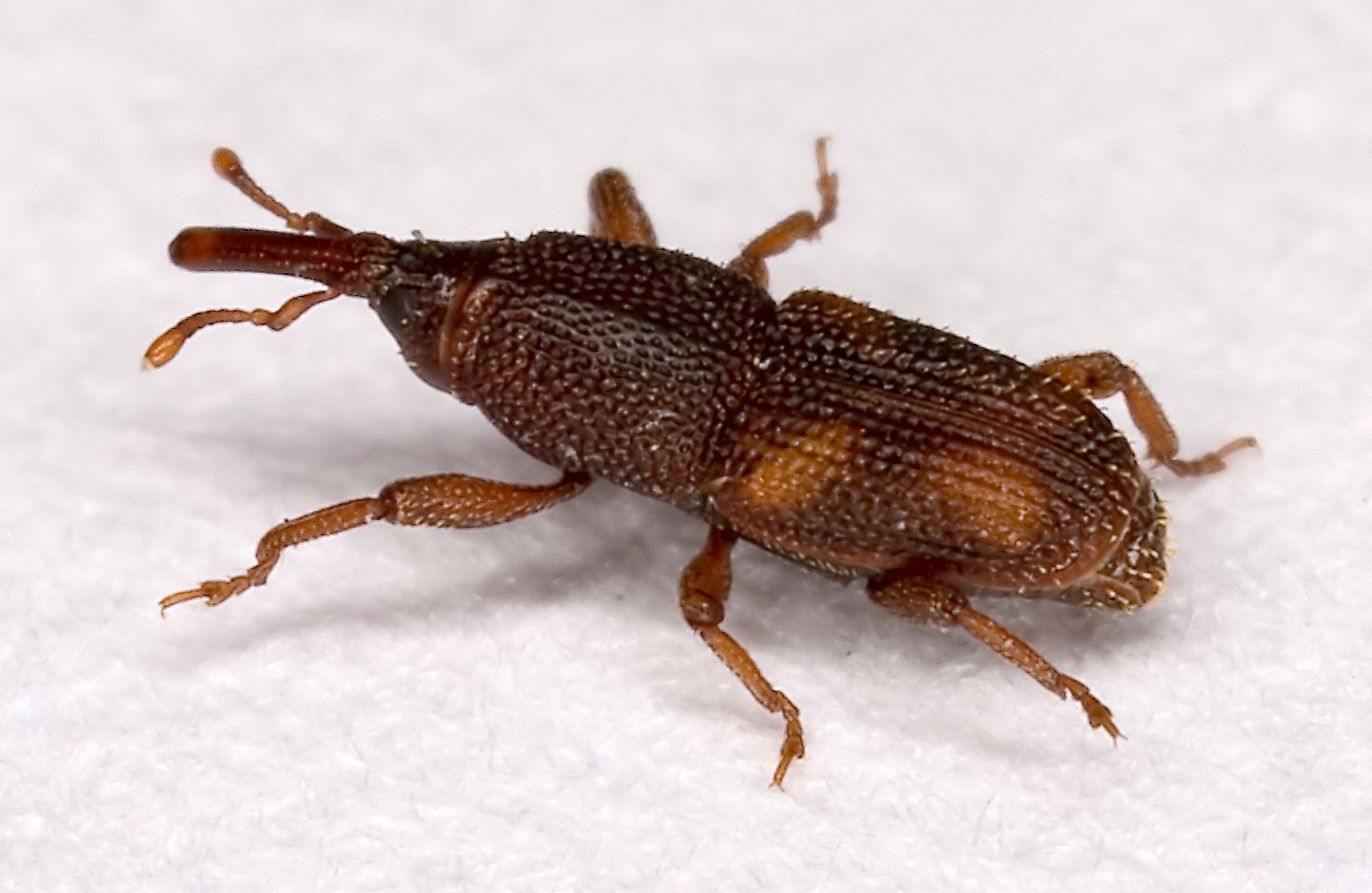 Leafcutter ants, also known as cut ants or fungus ant, are any of the 47 species of leaf-chewing ants belonging to two genera Atta and Acromyrmex. These species of tropical, fungus-growing ants are all endemic to South and Central America, Mexico, and parts of the southern United States. Leaf-cutting ants live in large colonies of up to two million. The name comes from their habit of cutting leaves and other plant parts from a variety of plants. An interesting fact about these ants is that they can carry more than 5000 times their body weight. Leafcutter ants can be extremely destructive to landscape plants, gardens, and some agricultural crops. In extreme cases, these ants are capable of destroying entire citrus trees in the span of a day and can lead to an annual decrease in crop yield in affected areas. In North and South America, damages caused by leaf-cutter ants amount to $1 billion in losses. These ants mostly damage weeds, grasses, plum and peach trees, blackberry bushes and much other fruit, nut, and ornamental plants as well as several cereal and forage crops.
Leafcutter ants, also known as cut ants or fungus ant, are any of the 47 species of leaf-chewing ants belonging to two genera Atta and Acromyrmex. These species of tropical, fungus-growing ants are all endemic to South and Central America, Mexico, and parts of the southern United States. Leaf-cutting ants live in large colonies of up to two million. The name comes from their habit of cutting leaves and other plant parts from a variety of plants. An interesting fact about these ants is that they can carry more than 5000 times their body weight. Leafcutter ants can be extremely destructive to landscape plants, gardens, and some agricultural crops. In extreme cases, these ants are capable of destroying entire citrus trees in the span of a day and can lead to an annual decrease in crop yield in affected areas. In North and South America, damages caused by leaf-cutter ants amount to $1 billion in losses. These ants mostly damage weeds, grasses, plum and peach trees, blackberry bushes and much other fruit, nut, and ornamental plants as well as several cereal and forage crops.
leaf cutter ants are mostly found in warm areas. One of the unique things about these ants is that they cultivate and feed on fungus within their nest. These ants cut and process fresh vegetation including leaves, flowers etc. which serves as the nutritional substrate for their fungal activity.
The foraging leaf cutter worker ant is reddish or rust-colored. They range from 1/12 to 1/2 inch in length. The winged reproductive leafcutter ants can be 1-1/4 inch longer. These ants have a spiny body and long legs. A leaf-cutter ant nest can cover up to many hundred square feet in area coverage. These nests can extend as far as ten-twelve feet into the ground. A mature colony of leaf-cutter ants could contain 100,000 insects which mostly consist of sterile female workers. These female leafcutter workers are divided into four castes—major, minor, media and minim. Major workers are soldiers; minors guard the nests and trails; media forage for food, and minims tend the fungus gardens.
Leaf-cutter ants damage vegetation by removing the foliage which is further carried to their nests. They can also remove all the leaves from a tree in one night. The leaves are not eaten. They are chewed into a material similar to a pulp. This pulp further produces a fungus that feeds the colony. Different species of ants use different species of fungus, but all of the fungi the ants use are members of the Lepiotaceae family. The ants actively cultivate their fungus, feeding it with freshly cut plant material and keeping it free from pests and molds. Defoliation by leaf-cutting ants can resemble damage produced by several other leaves chewing insects, particularly sawflies and leafcutting bees. Considerable damage to a plant can occur in a few hours. Small- to medium-sized trees can be stripped in one night. One researcher in South America estimated that a large leaf cutting ant colony harvested approximately 13,000 pounds of leaves over a 6-year period. This same colony excavated 802 cubic feet of soil weighing over 44 tons.
Let us look at some news articles pertaining to the damage caused by leaf-cutter ants and also how these ants are immune to the conventional insecticides and poison baits.
Garden Sage: Growths on an oleander; leaf-cutter ants; a spectacular silk floss tree
By Peter L. Warren , October 1, 2016, Arizona
Question: Our hopseed bushes suddenly had no leaves, and we think it is from leaf-cutter ants. We also noticed our palo verde tree near their mound has no leaves. There are a few mounds near the hopseed bushes and palo verde tree. We also just put in a brick paver driveway and are concerned that the ants will damage it. What should we do?
A: Leaf-cutting ants are often difficult to manage. Although plants can be protected temporarily using insecticides, they need to be reapplied frequently, and these chemicals kill other insects that may be beneficial or harmless. The nests may be very large, hard to find and difficult to manage with insecticides. Because these ants don’t eat the leaves directly, they do not respond to most ant baits.
Leaf Cutter Ants Chew up Photographer’s Camera Gear
June 8, 2016, Brazil
“It’s not just the big guys you have to be worried about when setting up a camera trap in the jungle, you should probably look out for ants too” explains Naturalist Phil Torres
Torres is a biologist, conservationist, naturalist, and photographer, and he was in the Amazon rainforest with photographer Jeff Cremer of Rainforest Expeditions when they tried to set up a simple camera trap using a Canon 7D, an off-camera flash, and an IR sensor.
Everything was neatly bagged up to keep it out of the rain, and the gear was tested and in good condition. But when they arrived the next morning, they found all the bags and coverings gone, Jeff’s tripods and cables chewed up, and all of his gear waterlogged beyond saving.
The culprit? The tiny leaf cutter ants!
It turned out Cremer and Torres had set up the trap just a few feet away from the ants’ nest. Overnight, the ants came and cut the bags to pieces, chewed into the gorilla pods and cables, and left whatever gear was still working exposed to the elements so the rain could finish the job. In all, the ants caused about $2,800 worth of damage.
Leafcutter ants are a serious agricultural threat. Thus we need a long-term and effective solution to control their nuisance.
We at C Tech Corporation have a solution to avoid the damages caused by these pesky ants. Termirepel™ anti-insect additive, a C Tech Corporation product is the best solution for the prevention and control of insect infestations. It follows 6 tiered mechanism, which is extremely effective on insects like ants, termites, beetles etc.
Termirepel™ masterbatch can be incorporated in agricultural films, mulches, greenhouse films etc. during polymer processing. The incorporation of our masterbatches into the films would keep the leaf-cutter ants away from the crops which need to be protected.
Also, Termirepel™ liquid concentrate can be added to paints which can then be applied to fencing, etc. for protection. Termirepel™ is a nontoxic and nonhazardous anti-insect additive. It is thermally stable and does not degrade on exposure to heat and sunlight. It does not kill or harm the insect but repels them. It does not volatilize and does not degrade the soil. It is RoHS, RoHS2, REACH, ISO, APVMA, NEA compliant and FIFRA exempted.






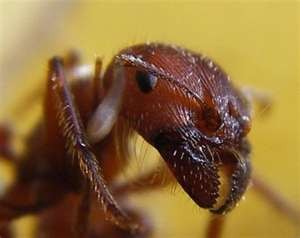

 Bed bugs are flat, reddish-brown, oval insects. They are wingless. A few decades ago, bedbugs were somewhat of a novelty in developed countries. But since the early 2000s, infestations have become more common in places like the United States, Canada, the United Kingdom and Europe, according to the U.S. Centers for Disease Control and Prevention
Bed bugs are flat, reddish-brown, oval insects. They are wingless. A few decades ago, bedbugs were somewhat of a novelty in developed countries. But since the early 2000s, infestations have become more common in places like the United States, Canada, the United Kingdom and Europe, according to the U.S. Centers for Disease Control and Prevention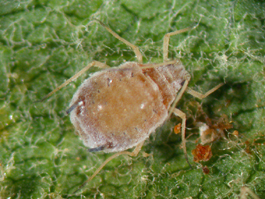
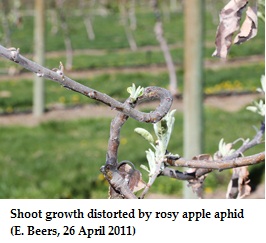
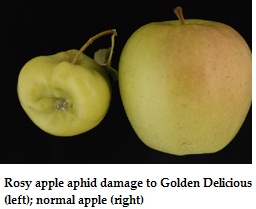
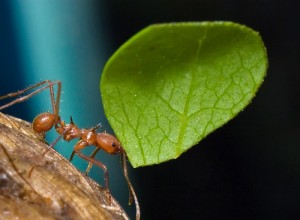
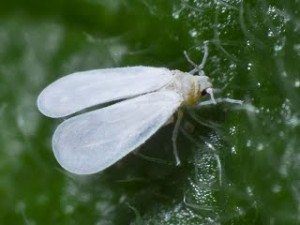
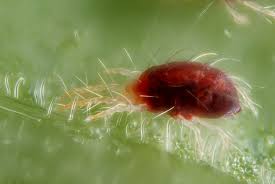
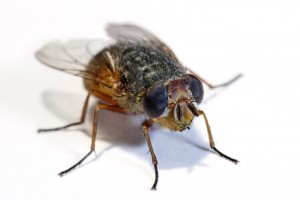
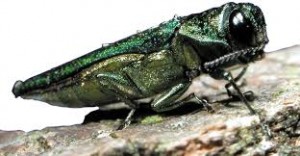 North America. This exotic borer is a native of Asia with its natural range including China, Japan, Mongolia, Korea, the Russian Far East and Taiwan.
North America. This exotic borer is a native of Asia with its natural range including China, Japan, Mongolia, Korea, the Russian Far East and Taiwan.